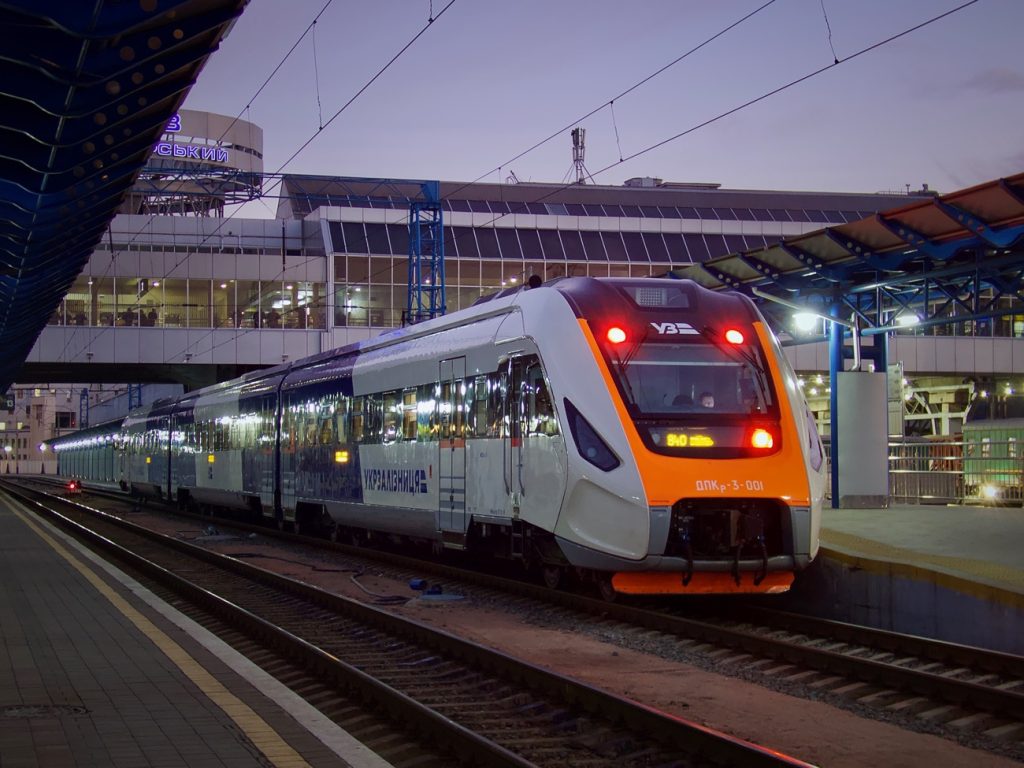Ukraine, the largest country in Europe, boasts an extensive railway network spanning over 20,000 kilometers of main tracks. However, achieving full compliance with the European railway gauge could be a daunting task, taking more than 20 years and an estimated cost of approximately 250 billion euros, according to Alona Lebedeva, the owner of Aurum Group, an industrial and investment conglomerate. Implementing such a transition would entail not only changing the track gauge but also necessitate the replacement of the entire rolling stock and locomotive fleet, posing challenges given the current circumstances.
To navigate this endeavor, Ukraine can draw lessons from the Baltic states, which have successfully adopted European railway gauge in pivotal logistics hubs, establishing unique transportation interchange hubs. Unlike the European standard, Ukraine inherited an outdated rail system with a “broad” gauge of 1520 mm, creating a disparity when encountering the “narrow” European gauge of 1435 mm at the border.
Consequently, significant obstacles arise at the western borders, impeding the efficiency of domestic goods export and import processes. Moreover, this discrepancy leads to obvious inconveniences in passenger transportation.





